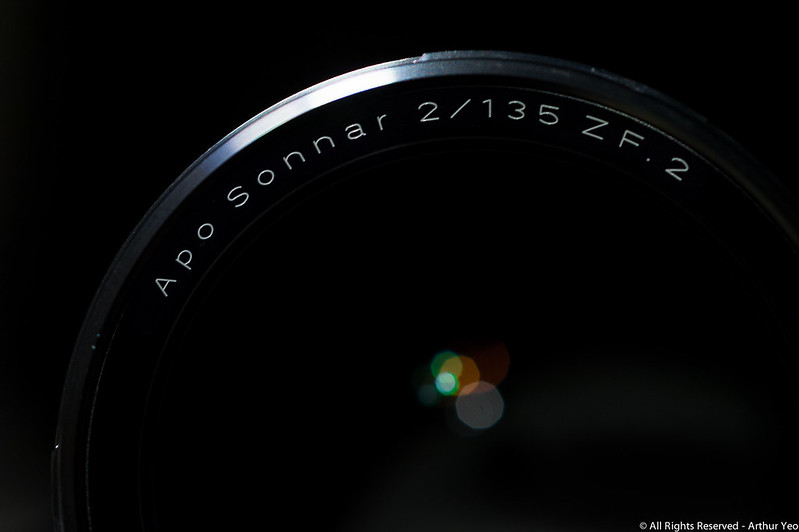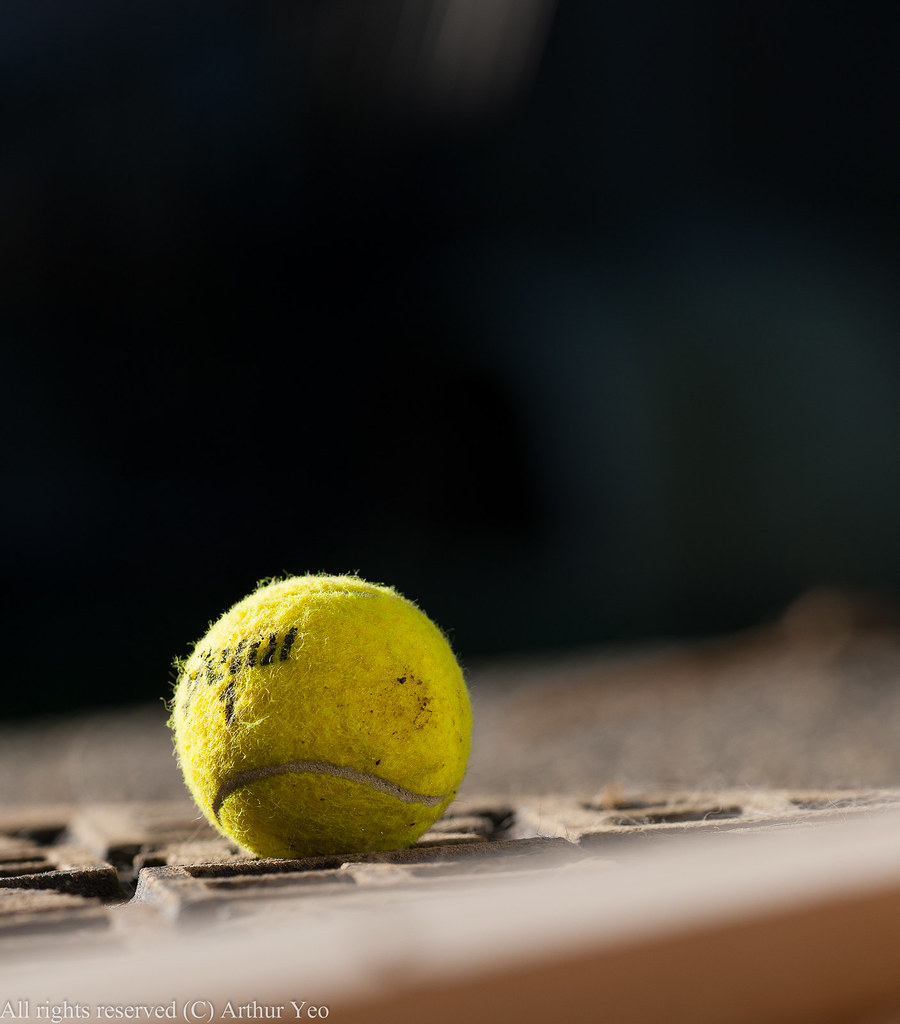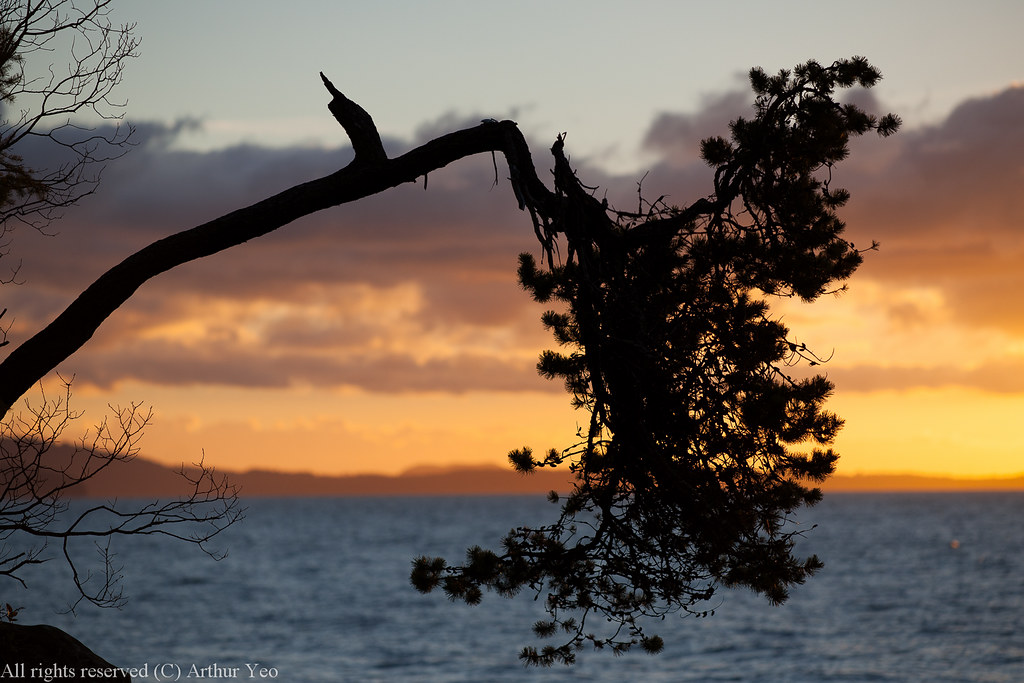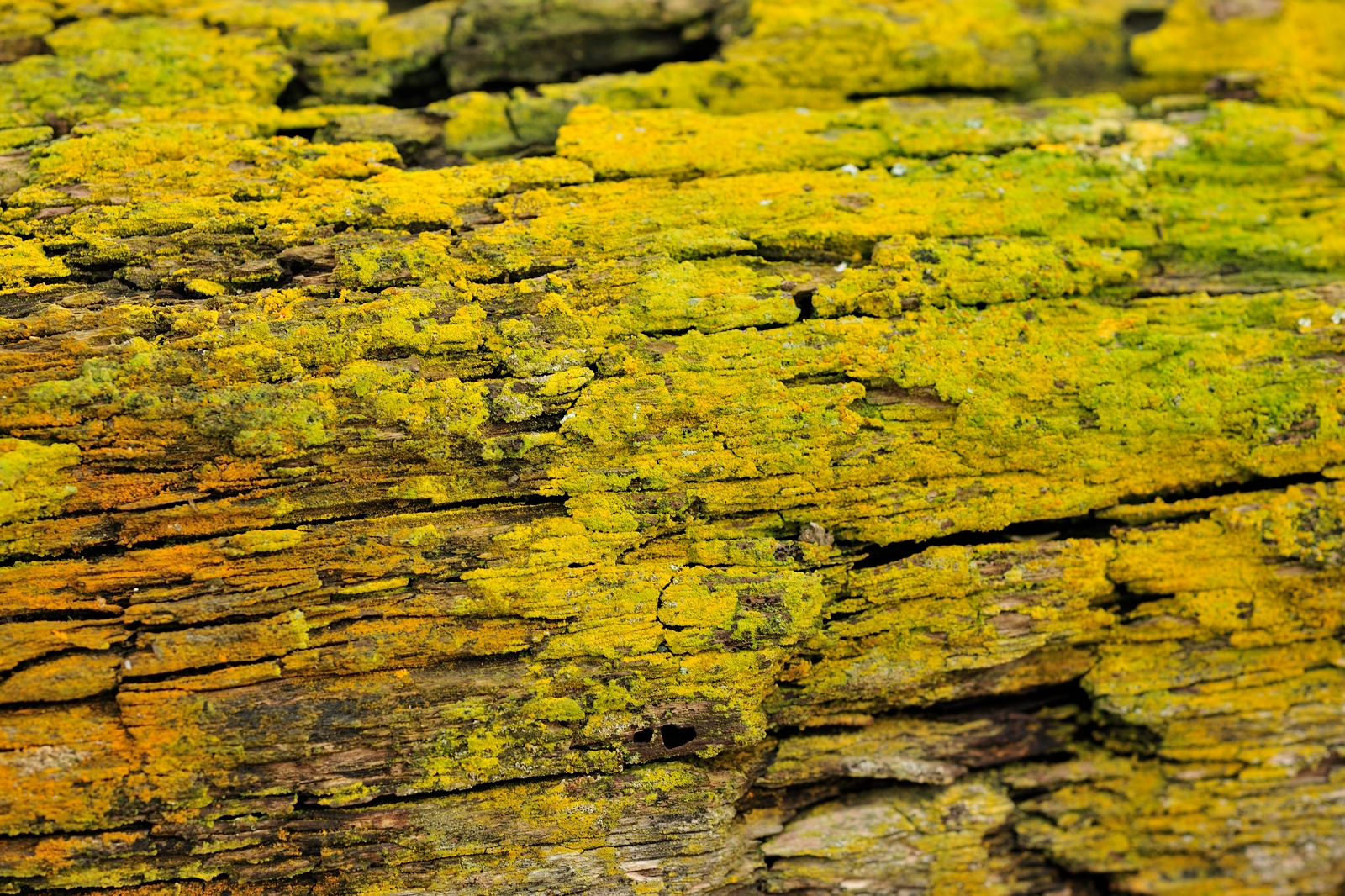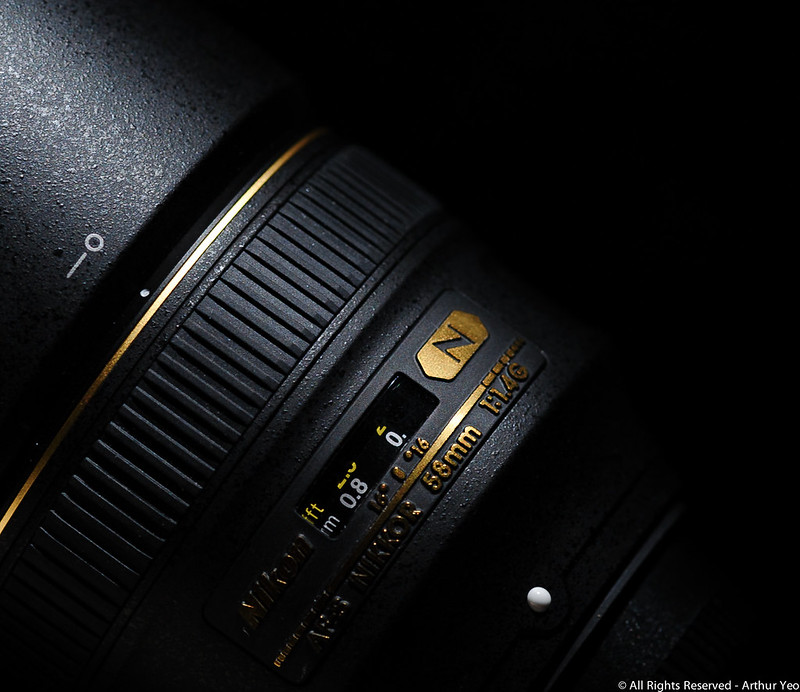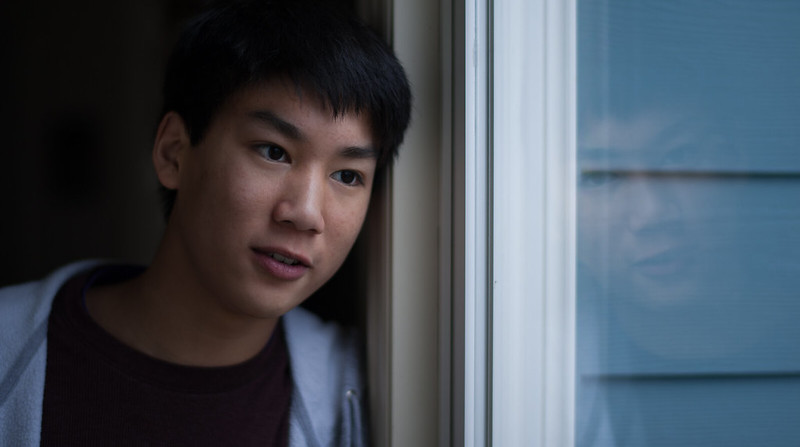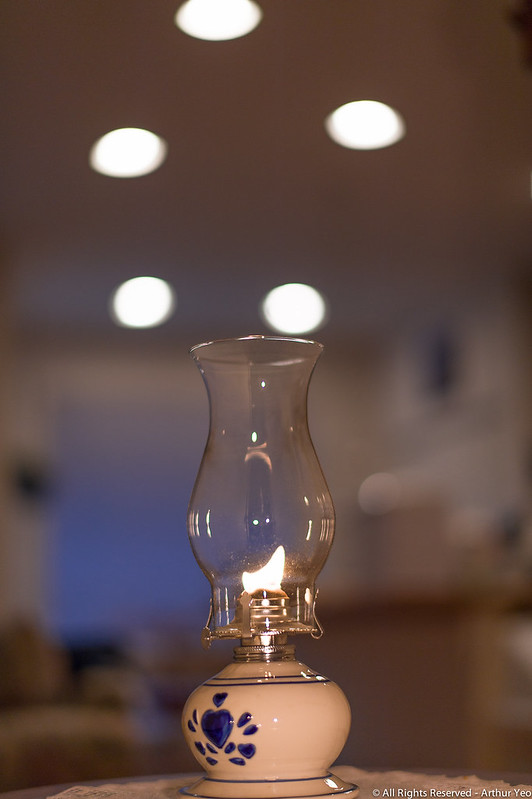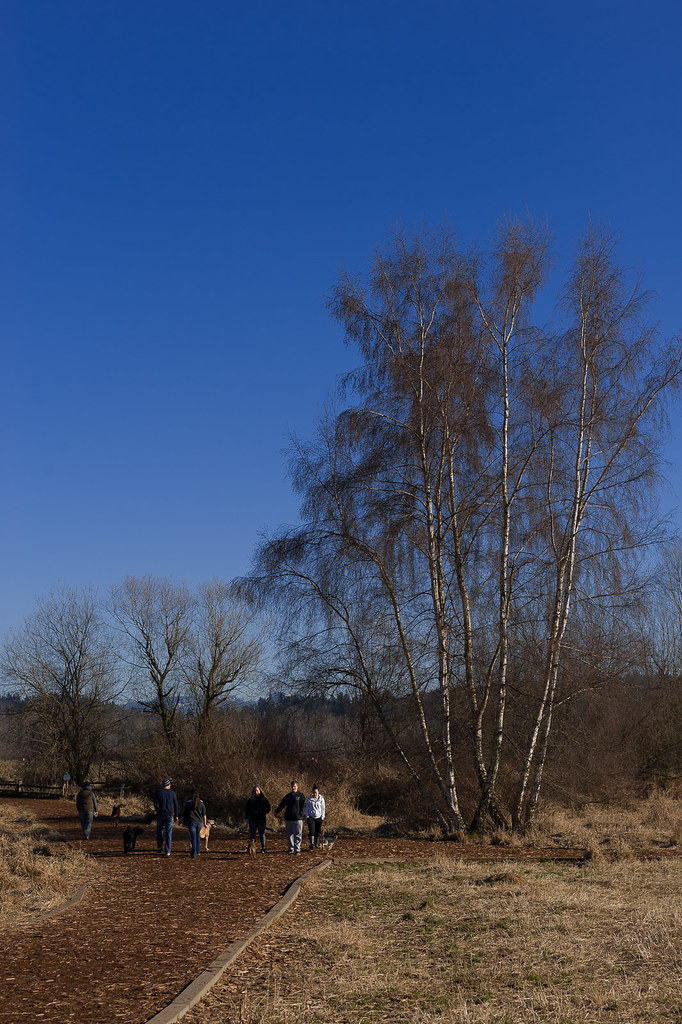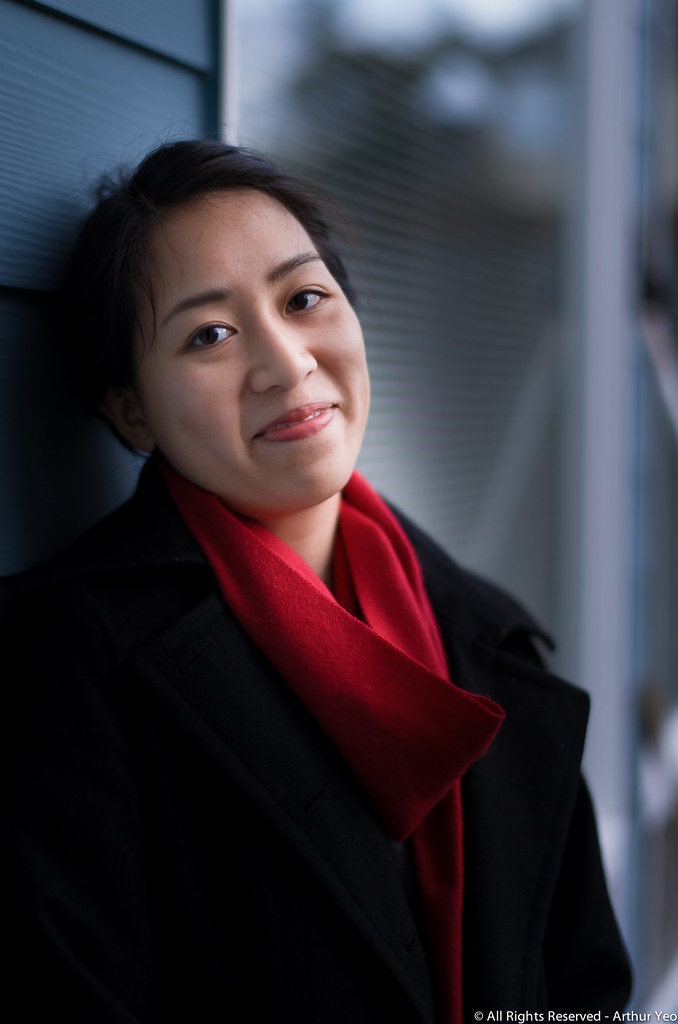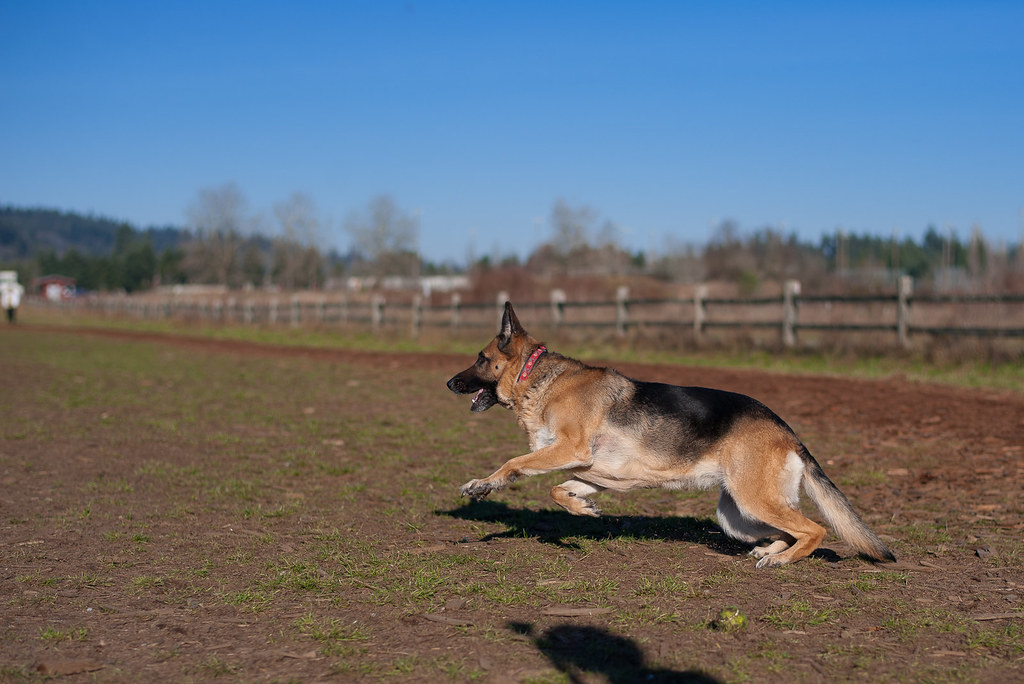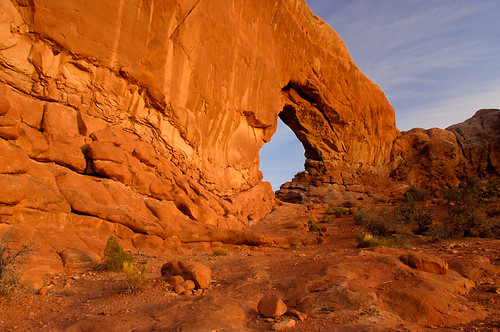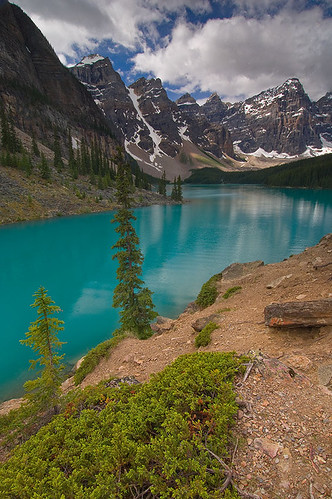Introduction
In this article, I will review the 50mm/1.8S lens based on real world tests. By real world tests, I will use 3D objects, not flat 2D lens chart. I will stretch the lens in different types of lighting conditions in the real world and I will try to use the lens like in the real world so you will know how this lens truly behave in the real world.Resolution
In general, the lens has impressive resolution. Nikon did a commendable job in focusing on resolution and it is a stellar success in this area. I love high resolution lens and the success in this area fits the bill. I have nothing but good praises for the Nikon engineers for setting a new benchmark for consumer lenses in this area. The published MTF diagram depicted clearly that this lens is, indeed, a rather high resolution lens. Red line indicates a high resolution for coarse structure, starting at well above 90% all the way to around 17mm away from the center, before the resolution started to decline. Both the red line and red dotted lines dance and follow each other closely, indicating a rather nice bokeh for large structures when they are defocused. |
| CLICK on image to see higher resolution version |
High contrast scenarios
 Under high contrast lighting condition, if the aperture is fairly stopped down (smaller aperture), the overall sharpness is consistent with what the MTF tells us. Recall that most lens manufacturers publish their lens MTF diagrams based on the widest aperture of that lens. When the lens is stopped down, the resolution should rise till it peaks around f/4.5-f/5.6. Usually, the resolution stays there till f/8 and starts to drop a little when you reduce the aperture further.
Under high contrast lighting condition, if the aperture is fairly stopped down (smaller aperture), the overall sharpness is consistent with what the MTF tells us. Recall that most lens manufacturers publish their lens MTF diagrams based on the widest aperture of that lens. When the lens is stopped down, the resolution should rise till it peaks around f/4.5-f/5.6. Usually, the resolution stays there till f/8 and starts to drop a little when you reduce the aperture further.
This is a fairly high contrast lens so under a high contrast lighting situation, you may want to change the Picture Control to a lower contrast setting unless you want the contrast high. One reason could be post-process it into a B&W image (like the above).
Bokeh
Bokeh is the smoothness of the defocused background or foreground when a large aperture is selected to capture that image. The smoothness of the bokeh, to some people, is subjective. Personally, I do not think this is true. Most people will instantly recognize a silky smooth and attractive bokeh versus an unwieldy and coarse bokeh.
What is a good bokeh?
Here are a couple of example of good bokeh, shot with a
Leica Noctilux (left)
and Nikkor 200mm/2VR (right)
Under most shooting conditions, the bokeh of this lens is alright but in certain conditions, the bokeh characteristics can be questionable. It all depends if your own applications do fall into these situations more commonly or not. The bokeh becomes regrettably unappealing when these two unfavorable conditions occur:
- high contrast lighting condition
- numerous small structures are present in the background
Here is a clear example of what I consider an unacceptable bokeh shot with the Nikkor 50mm/1.8S at f/1.8
In the above example, one can almost feel the coarse structures of the cherry blossoms in the background. Note that this image was shot at the lowest ISO 64 and yet the image felt like it was shot in high ISO. The apparent graininess stood out like a sore thumb. I cannot accept this bokeh as beautiful, I am truly sorry, Nikon. You can deny it all you want. One thing you corporate leaders ought to do is to instill in your engineers to be truly objective in their evaluation and not get all biased by their own internal culture. Get them to look at the competitors and compare.
Enough grumbling. The way to resolve this issue is to lower the contrast of the image by selecting Picture Control = {Flat, Portrait or Neutral}. It will help to tame the ugly bokeh by, perhaps, 30-50%. This method to resolve the problem does limit my use of Landscape and Vivid in my Picture Control. The pleasure is dropping.
Controlling Aberrations (Chromatic Aberrations)
Next, Chromatic aberrations (CA) is a lens defect which occur when the lens cannot focus light of different colors (wavelengths) onto the same spot. The symptoms of this is the weirdly colored fringing occurring on the edges of the structures in the image.
A regular lens is normally corrected for 2 of the 3 major colors. A good apochromatic (APO) lens is corrected to a few of the major colors. A superchromatic lens, used for satellite images, are corrected for 7 colors.
This lens correct its CA appreciably well. But, in high contrast situations against the sky, it needs a little more help with more extra-low dispersion (ED) elements in the mix to tame its CA; albeit, the lens was opened wide at f/1.8. The tree in a backlit situation revealed the purple fringing quite easily as shown in the enlarged version on the right. This purple fringing did not really completely go away until I stopped it down to f/4.5 or smaller. If the S-line of lenses are supposed to compete with the big boys, this kind of CA should not be there. When that happens, the S-line of lenses will not be considered in the same league.
Light sources in the dark
One of the most challenging lighting situations are nocturnal images. These situations reveal, often accentuate, the weaknesses of the lens. It is similar to putting the lens performance under a microscope and observe how the lens behave under stress.
Under such circumstances, we need to be cognizant of another type of lens aberration (under the category of monochromatic aberrations) called spherical aberration. It is monochromatic because it has nothing to do with colors. It is a defect in the lens where it is unable to depict point source lights as crisp dots when they are in focus. If these point source lights are capture near the edge of the image, not only are they fuzzy, they are like the shape of a butterfly. This is called a coma effect. If the light sources are larger, the lens exhibit fuzziness and at smaller aperture, the light source should be depicted as a star burst. That star burst should be clear and crisp, not fuzzy.
NOTE: I'm not discussing how a starburst image is formed by the light source. That's caused by a phenomenon called diffraction spike. I'm raising the issue why the starburst is low contrast, has low clarity and blurry.
NOTE: I'm not discussing how a starburst image is formed by the light source. That's caused by a phenomenon called diffraction spike. I'm raising the issue why the starburst is low contrast, has low clarity and blurry.
Here is an example of a good lens which exhibits good correction against such aberrations.
 |
| Shot with a Nikkor 35mm/1.4G @ f/8 on a Nikon D3 |
I put this lens to its paces and the results are quite revealing in the dark (no pun intended). Below I show you the actual image shot at night at F/8.
 |
| Shot with Z7 + Nikkor 50mm/1.8S at F/8. CLICK to see the 2K image |
And, to give you a zoomed in version of the street lamp, it will give you a better feel of how fuzzy the light source was. Note that light source is in focused so a well corrected lens must depict a crisp light source.
Conclusion
On the whole, I'm very happy that Nikon has put both her feet into the pursuit of the mirrorless market so she will not end up like Kodak or Polaroid as a business. The new S-line of lenses have higher resolution (what a joy!) and I embrace it with much pleasure. But, in her excitement to push new products into newer markets, her engineers seem to have lost some balance in their designs for the lenses. Good lenses, like pleasurable sports cars, are balanced in their designs. They should have high resolution, good bokeh, decent contrast, no flare and exhibit very little CA. Try using the Zeiss Otus and Leica lenses as benchmarks. High resolution alone is insufficient to compete.







